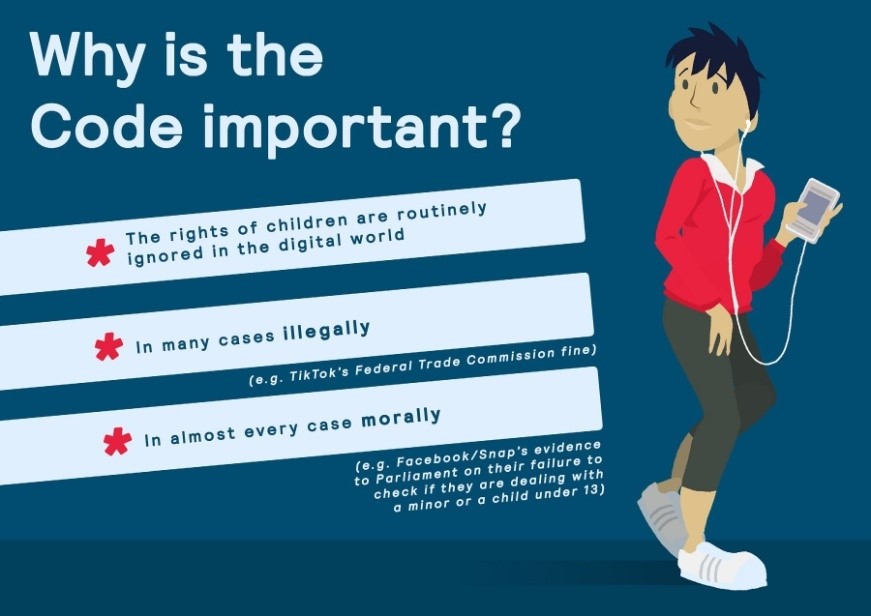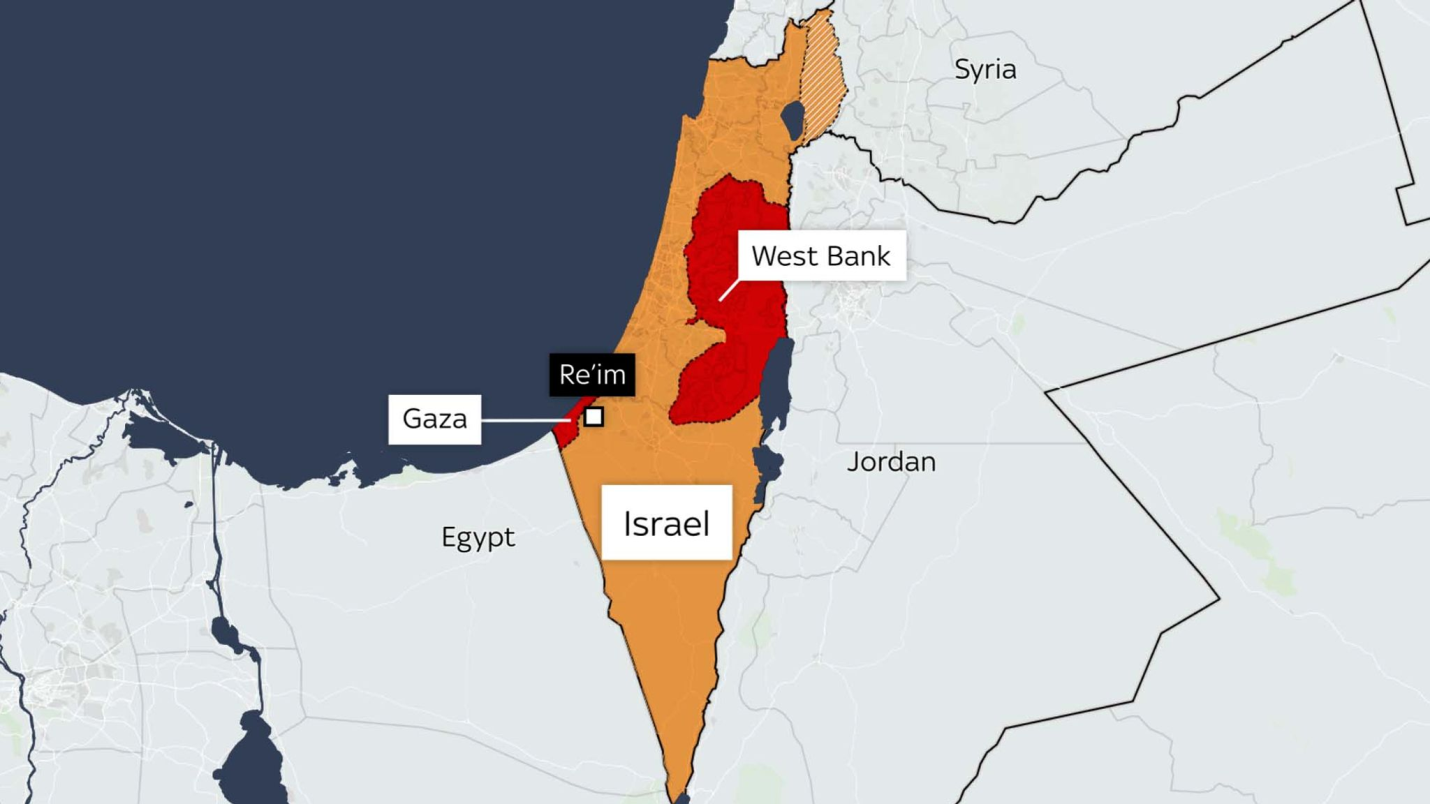Description

Disclaimer: Copyright infringement not intended
Context:
- K. government brought into effect the Age Appropriate Design Code or the Children’s Code, as an amendment to the Data Protection Act, 2018, operationalising a set of regulations that will make using the digital space safer for children.
- While the Code is officially in place only in the U.K., tech majors such as TikTok, Instagram and YouTube have tightened safety rules for children, and campaigners hope this will become the norm globally.
What is the Children’s Code?
- The Children’s Code is a data protection code of practice for online services likely to be accessed by children.
- It has the potential to completely transform the way that companies collect, share and use children’s data, requiring them to offer children a high level of privacy protection by default.
- It sets out 15 standards for online services, including in apps, games, toy and devices and even news services.
- Unless the service provider is able to prove that children do not access the service at all, it is required to consider making changes as per the Code.
What are the threats to children online?
- Children are being targeted with graphic conten
- Services such as Facebook, Instagram and TikTok are allowing children, some as young as 13 years old, to be directly targeted within 24 hours of creating an account with a stream of harmful content.
- Despite knowing the children’s age, the companies are recommending damaging content, including material related to eating disorders, extreme diets, self-harm and suicide as well as sexualised imagery and distorted body images.
Who does the Code apply to?
- The Code, applies to “information society services likely to be accessed by children”.
- The definition of an ISS is “any service normally provided for remuneration, at a distance, by electronic means and at the individual request of a recipient of services”.
- This includes apps; programs; search engines; social media platforms; online messaging or internet-based voice telephony services; online marketplaces; content streaming services (like video, music or gaming services); online games; news or educational websites; and any websites offering other goods or services to users on the internet.
- Electronic services for controlling connected toys and other connected devices are also ISS.
- The code applies to the K. based companies and non-U.K. companies that use data of children in the country. However, as has been seen with the example set out by some tech giants, it makes sense to make the entire architecture child-friendly, and not region-specific alone.
Will children in India benefit from the Code?
- It is rooted in the United Nations Convention on the Rights of the Child that recognises the special safeguards children need in all aspects of their life.
- If tech giants universalise their safety architecture, children across the world will benefit from the Code.
https://www.thehindu.com/todays-paper/tp-miscellaneous/tp-others/e-safety-for-kids/article36410157.ece















